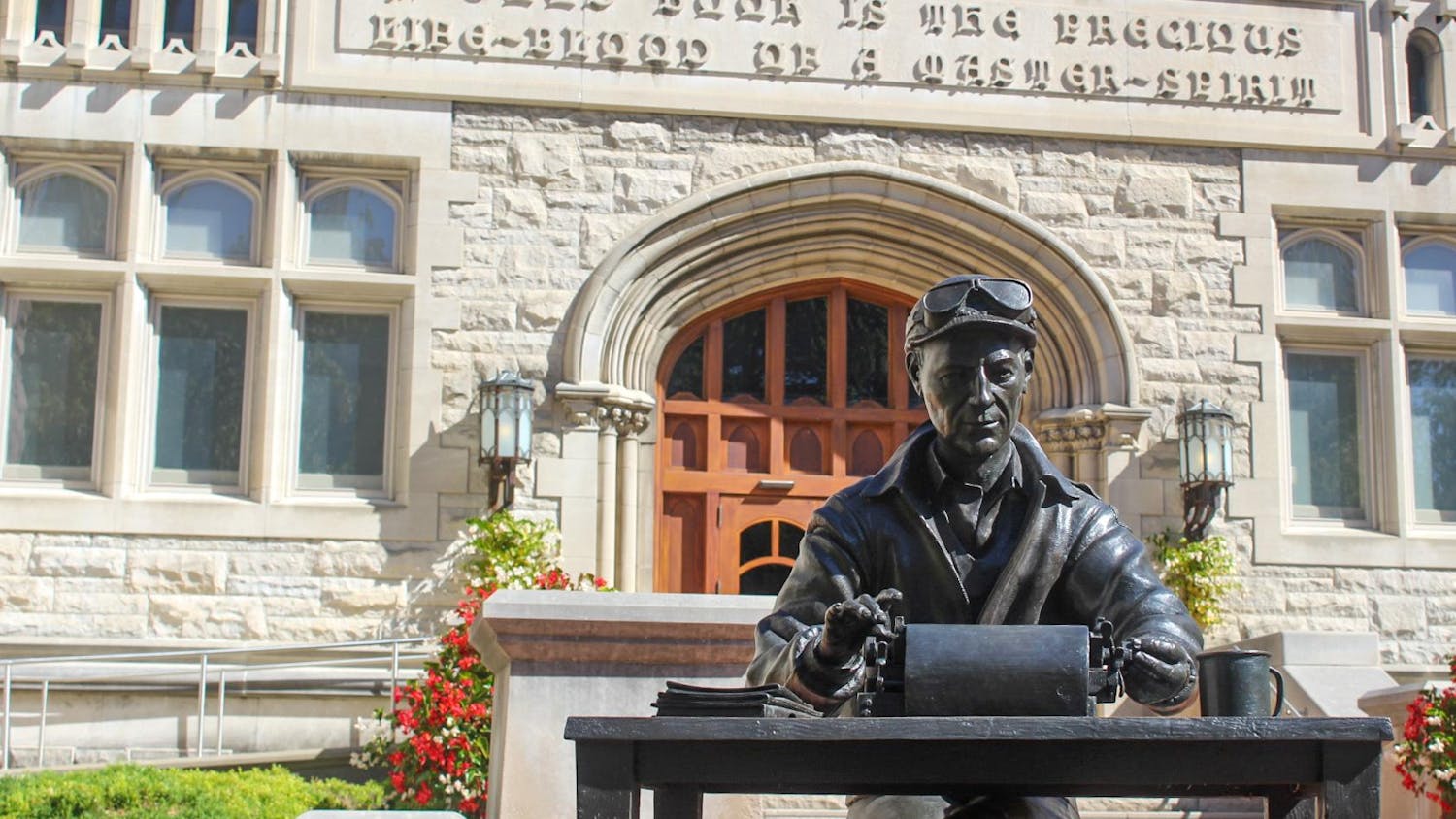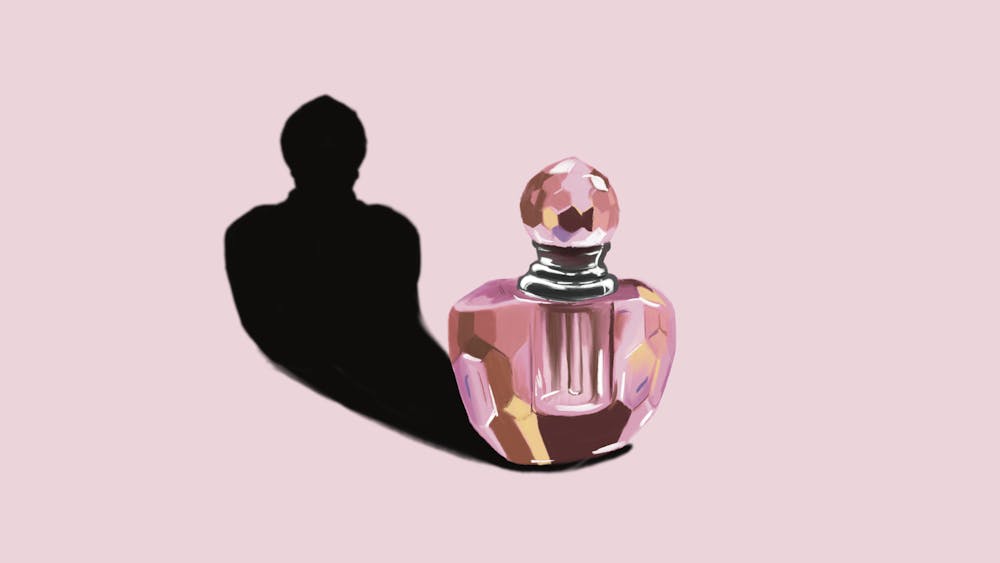Sleep deprivation, as we are all aware, is an epidemic in colleges. The condition peaks during finals week and shows a trend of spontaneous recovery with the beginning of winter break.
The negative health effects of insufficient sleep are too numerous to print here, but general symptoms include everything from weakened immune systems to twitching eyes. The social effects are perilous and range from slap-happiness to dozing off at inconvenient times.
Undesirable symptoms aside, sleep deprivation has a certain kind of artistic appeal. Romanticized portraits of late-night sleeplessness pervade art and literature in celebration of the artistic and creative potential of staying awake while the rest of the world is asleep.
Indeed, writers and artists throughout history have seized upon late-night inspiration — whether as a preference, as a side effect of insomnia or because it’s the only time available for their artistic labor.
For instance, William Faulkner is said to have written his novel “As I Lay Dying” between the hours of midnight and 4 a.m. over the course of six weeks, all the while working night shifts in a power plant.
T.S. Eliot’s poem “Rhapsody on a Windy Night” spans these same pre-dawn hours from midnight onward. The nostalgic picture it paints of nighttime reflection was adapted into the iconic song “Memory” from the Broadway hit “Cats.”
Among the most identifiable pieces of U.S. artwork is Edward Hopper’s painting “Nighthawks” which illustrates a few isolated figures seated in an all-night diner. The aesthetically appealing light of the diner is offset against the dark and deserted streets, and the figures’ wakefulness contrasts with the silent and still surroundings.
The list of artistic glorifications of sleep-deprived exultation and somber, pre-dawn ponderings could go on indefinitely. Such creations conceive of nighttime of as liberation from daytime rationality, confining schedules and mundane labor.
As these artists show, the tranquility of nighttime has a certain aesthetic and emotional appeal, even against the struggle to keep one’s eyes open and the pulse-quickening effects of caffeinated stimulation.
We perform a tired celebration of sleeplessness at college as we quietly rejoice in the all-night stay at the library and the paper finished at 4 a.m. We have our share of complaints, too, but these exist amid the suppressed thrill of the long night’s successful fight against sleep.
After all, college students were by no means the originators of this trend of romanticizing sleep deprivation. Artists, too, dared to stay awake, even at the peril of their health.
Certainly, we should be more concerned about our health and should make an effort to take care of our bodies amid the stress of studies, yet medicalizing the experience of sleeplessness takes something away from the poetic privilege of watching the sun come up through half-closed eyelids.
So try to get some sleep, but if you can’t manage more than a pre-dawn nap, maybe these artists can give you some inspiration. The next great poem, novel or painting might be in progress during your next night of sleeplessness.
kmilvert@indiana.edu





